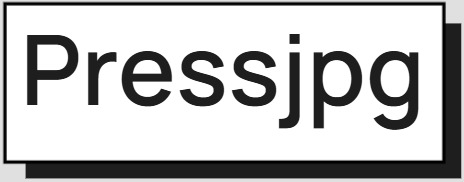How to Choose the Best Image Compression Tool for Your Needs
Published by ImageCompressor | Updated 2025
Introduction
With so many image compression tools out there, how do you know which one is right for you? Whether you’re a blogger, developer, designer, or marketer, this guide helps you evaluate tools based on your workflow, file types, and performance goals.
What Makes a Great Compression Tool?
- Compression ratio (size reduction vs quality)
- Supported formats (JPEG, PNG, WebP, AVIF, SVG)
- Batch processing
- Preview support
- Client-side vs server-side compression
- Price and file size limits
Web-Based Tools
- ImageCompressor: Free, browser-based, no upload required. Batch compress and download ZIP.
- TinyPNG: Simple UI, works with JPEG/PNG, 5MB file limit.
- Squoosh: Advanced compression control, support for AVIF and WebP. One image at a time.
Desktop Apps
- ImageOptim (Mac): Drag-and-drop interface, supports many formats
- RIOT (Windows): Real-time preview and compression slider
- PNGGauntlet: PNG-focused, multi-pass optimizer
Command-Line Tools for Developers
imagemin(Node.js)jpegoptim,optipng,avifenc- Great for build scripts and CI pipelines
Use Case Recommendations
- Bloggers: TinyPNG or ImageCompressor
- Web Devs: Squoosh + imagemin + WebP fallback
- Designers: Desktop tools like ImageOptim
- Agencies: Use both online tools for client review and CLI tools in production
Conclusion
There’s no one-size-fits-all solution — the best image compressor depends on your use case. Start with something easy like ImageCompressor, and expand to more advanced tools as needed. Optimizing your images is one of the simplest ways to speed up your website and improve user experience.
